Summary: Once the domain of massive mining farms and industrial-scale ASIC rigs, bitcoin mining is now quietly entering living rooms. The rise of compact, energy-efficient devices like the Luckyminer LV08 signals a shift toward consumer-friendly crypto mining, transforming how ordinary users participate in blockchain networks.
From Industrial Giants to Household Gadgets: The Rise of the Home-Based Bitcoin Miner
In December 2024, a 36-year-old software engineer in Arizona shared his New Year’s “digital home upgrade” on Reddit. The highlight? A compact Luckyminer LV08 quietly humming in the corner of his study, mining bitcoin at under 40 decibels—no server racks, no noise pollution, no warehouse heat. For him, bitcoin mining wasn't a get-rich-quick gamble, but a deliberate, low-impact way to join the decentralized future.
This story isn’t an outlier. According to the 2024 report from Hashrate Index, shipments of home-grade crypto miners (≤200W) rose over 310% year-over-year. Countries like the U.S., Germany, Japan, and Singapore—where electricity is relatively accessible and digital literacy is high—are seeing rapid adoption of household mining setups. Bitcoin mining is evolving from industrial concentration to domestic decentralization. This isn’t a passing trend—it’s the infrastructural shift of a generation.
1. The “Heavy Industry” Era of Crypto Mining: Centralization, Regulation & High Energy Costs
Bitcoin mining has gone through several distinct phases:
-
2010 and earlier: GPU mining with personal computers; low technical barriers but minimal hash rate.
-
2013–2017: ASIC miner explosion, fierce hashrate arms race—only those with capital and custom hardware could compete.
-
2018–2021: Industrial-scale mining emerged in electricity-rich regions like Inner Mongolia, Xinjiang, and Sichuan.
-
Post-2021: After China’s mining ban in June 2021, global hashrate scattered to North America, Kazakhstan, Ethiopia, and other countries. True decentralization began.
But this centralization came at a price. By 2021, over 65% of global BTC hashrate was concentrated in China. This made the Bitcoin network vulnerable to policy crackdowns and intensified scrutiny over environmental impact.
U.S. states like New York enacted temporary mining moratoriums, while Kazakhstan imposed heavy penalties and power cuts on unauthorized mining farms. The writing was on the wall: large-scale mining was becoming too risky, too costly, and too politically charged.
2. The Technological Turning Point: How ASIC Miners Evolved for the Home
Enter the new generation of compact, consumer-grade miners. Devices like the Lucky miner LV08 have dramatically redefined the user experience. Drawing just 120W of power and operating below 42 decibels, the LV08 is quieter than a desktop fan and can plug into any household power outlet—no rewiring, no industrial cooling needed.
Luckyminer LV08 Key Specs:
| Parameter | Specification |
|---|---|
| Hashrate | 4.2 TH/s |
| Power Consumption | 120W ±10% |
| Algorithm Supported | SHA-256 (BTC, BCH, BSV) |
| Dimensions | 200x128x70mm (net), 250x241x93mm (gross) |
| Weight | 1.1kg (net), 1.5kg (gross) |
| Noise Level @ 25°C | 38 dB |
| Connectivity | Wi-Fi 2.4GHz / Hotspot |
| Power Input | 100–240V AC, 50/60Hz |
| Operating Temperature | 0–30°C |
| Efficiency | 28.57 J/TH |
Source: LuckyminerClub.com
What truly sets it apart is the ease of use. The LV08 comes with an intuitive web dashboard and mobile app, allowing users to manage mining pools, track real-time performance, estimate electricity costs, and remotely control their device—all with no coding or technical skills required. This is bitcoin mining reimagined for everyday people.
While its efficiency (28.57 J/TH) may not match the ultra-powerful ASICs like the Antminer S19 XP (around 21.5 J/TH), the LV08’s extremely low power draw and quiet operation make it ideal for continuous, home-based use.
3. Power Costs & Smart Mining: Why Electricity Pricing Creates a Hidden Edge
Electricity pricing and energy policy are now major factors in the household mining equation. In North America, time-of-use electricity tariffs can bring nighttime rates as low as $0.09/kWh. In Germany, green energy incentives and self-consumption rebates lower the effective cost of residential mining. In Texas, solar-powered homes with battery storage benefit from extreme price swings between peak and off-peak hours.
These price structures create arbitrage opportunities. Despite having lower hashrate than industrial rigs, household BTC miners like the Lucky miner LV08 often achieve better cost-efficiency per bitcoin mined due to zero cooling costs, no logistics fees, and residential electricity subsidies.
In fact, smart home integration is already happening. In Texas, some users connect their Luckyminer to smart sockets that automatically shut off the miner during peak hours, helping reduce grid load and saving on costs. This dynamic, responsive mining strategy is emerging as a new use case for crypto miners in the Web3 era.
4. The Data Doesn’t Lie: Home Mining is Here to Stay
The Block Research’s 2024 whitepaper on bitcoin mining trends estimates over 460,000 home ASIC miners are active worldwide—up 250% from 2022. Devices consuming less than 200W now make up over 70% of all active home mining hardware.
Although their collective hashrate accounts for less than 0.6% of the global Bitcoin network, their value lies in promoting decentralization, network diversity, and public awareness.
Luckyminer’s founder calls the LV08 a “Web3 router” rather than just a mining device. Like a Wi-Fi router connects homes to the internet, a lotto mining device like Luckyminer connects everyday households to the Bitcoin blockchain—helping transform them from passive spectators into active network participants.
5. From Speculation to Utility: Why Home Crypto Miners Reflect a Larger Shift
As crypto matures, mining is becoming less about speculation and more about infrastructure. Home miners reflect this shift—offering a quieter, more sustainable, and ultimately more meaningful way to be part of the blockchain economy.
The Lucky Miner brand stands at the forefront of this transformation. With devices like the LV08 and the ultra-affordable LV02 or LV03, Luckyminer provides scalable, plug-and-play solutions for anyone curious about entering the world of crypto mining—from BTC beginners to Web3 hobbyists.
03 What Is Solo Mining—and Why Is It Gaining Attention?
In January 2024, a Reddit user named “cbsolo” sparked intense discussion across the Bitcoin community. Using a modest home miner with just 14 TH/s of hash power, he successfully mined an entire Bitcoin block on his own—without joining any mining pool—and received the full 3.125 BTC block reward (plus transaction fees, totaling approximately $430,000). According to on-chain data from Mempool.space, his hash power accounted for less than 0.000002% of the total network hashrate. While statistically improbable, the event was real—and it reignited interest in a concept called “Solo Mining.”
Solo Mining refers to the process of mining blocks independently, without contributing hashrate to a pool. Unlike traditional pool-based mining with stable and predictable returns, Solo Mining is a high-risk, high-reward model. It attracts a subset of home miner users who are drawn to the massive upside potential—however rare it might be.
3.1 Solo Mining vs. Pool Mining: Key Differences
To understand Solo Mining, it's important to revisit the core of Bitcoin’s Proof-of-Work (PoW) mechanism. Every 10 minutes, the Bitcoin network produces one new block. No miner is pre-selected; instead, miners worldwide compete to solve a cryptographic puzzle. The first to solve it earns the right to validate the block and collect the 3.125 BTC reward (post-2024 halving).
1. Pool Mining:
-
Miners contribute their hash power to a centralized pool.
-
The pool aggregates global computing power, improving the odds of solving the puzzle.
-
Rewards are split among participants based on their contribution.
-
Offers stable daily income, typically in small amounts.
-
Pools often charge a 1%–2% fee.
2. Solo Mining:
-
No mining pool is involved.
-
Miners operate independently and attempt to solve blocks on their own.
-
If successful, they receive the full block reward (3.125 BTC + fees).
-
If unsuccessful—which is extremely likely—they earn nothing.
-
No fees, no intermediaries, but dependent entirely on luck and patience.
Put simply: Pool mining is a dividend-based model; Solo mining is a lottery for the full jackpot.
3.2 The Math Behind Solo Mining: Just How Slim Are the Odds?
Take the Luckyminer LV08 as an example. With a hashrate of 4.2 TH/s (i.e., 4.2 trillion hash attempts per second), it sounds powerful—but it’s a minuscule share compared to the network’s total hashrate of ~600 EH/s (600 million TH/s). Here’s the math:
4.2 TH/s ÷ 600,000,000 TH/s = 0.0000007%
Based on the Bitcoin network’s 10-minute block interval, the expected time for a single LV08 to mine a block would be:
(1 ÷ chance) × 10 minutes = 143 million minutes ≈ 272 years
It sounds impossible—but that’s exactly what makes Solo Mining so intriguing. Like a lottery, the reward is astronomical if you hit. In practice, probabilities accumulate over time. For instance, running three LV08 units continuously for a year could give you over 1 million total "lottery attempts." Using an efficient Solo client like ckpool.org further enhances your chances.
And the cbsolo case proves: it’s not zero chance.
3.3 Why Are Home Miners Starting to Try Solo Mining?
Traditionally, Solo Mining was seen as a privilege of large-scale miners. The more hash power you have, the greater your odds. But recently, home users are beginning to experiment with Solo mining due to several emerging trends:
1. Lower Pool Yields Push Users Toward High-Variance Strategies
After Bitcoin’s 2024 halving, block rewards dropped from 6.25 BTC to 3.125 BTC. As pool earnings shrink (especially after fees and profit-sharing), smaller miners feel less return on investment. According to F2Pool’s 2024 report, daily payouts for small-to-medium miners dropped by 15%–22% compared to 2023. This makes the “lottery-style” Solo approach more appealing.
2. A Psychological Crossover Between FOMO and Belief
For many Solo miners, it’s not just about ROI—it’s about conviction and long-term hope. Forums like Reddit and BitcoinTalk feature users who deliberately run low-power miners for years, aiming for a lucky strike. Common traits:
-
Already hold BTC and are not eager to sell.
-
Believe in Bitcoin’s long-term value.
-
See Solo mining as a waiting game, not a get-rich-quick tactic.
3. Mature Tools Lower the Barrier to Entry
In the past, Solo mining required running a full node (like Bitcoin Core), managing wallets, port settings, and more. Today, lightweight third-party platforms like:
-
ckpool.org: Designed for low-hashrate users; has several successful block finds.
-
solo.ckpool.org: Requires only a wallet address—no account setup.
-
ViaBTC Solo: Offers higher uptime and faster response nodes.
These tools make Solo mining accessible even to non-tech-savvy users.
4. Why Luckyminer Supports Solo Mining
Unlike most home miners which only support pool connections, Luckyminer devices natively support Solo mode—one of the few consumer devices to do so. The rationale: empower users with flexible mining strategies, not lock them into a single yield model.
Technically, Luckyminer miners support:
-
Direct Solo configuration (e.g., ckpool-compatible);
-
Custom auto-switch logic (e.g., “switch to Solo if yield drops below threshold”);
-
Remote Solo monitoring;
-
Instant block find notifications.
This puts control back in the hands of home users.
3.4 Risks and Realities: Solo Mining Is Not a Shortcut to Wealth
Despite its allure, Solo mining comes with very real challenges:
-
Highly uncertain income: Years may pass without a reward.
-
High time cost: Devices run 24/7, often with no return.
-
Technical hurdles: Some Solo setups require public IPs and mining protocol knowledge.
-
Luck factor: Hard work doesn’t guarantee reward.
From an investment perspective, Solo Mining is a probability game—you bet time and energy on a low-chance, high-reward outcome and accept the long, silent wait that comes with it. For some, it’s not just financial; it’s philosophical. Running your own node, mining your own blocks, validating your own transactions—without handing power to any centralized pool—is a return to Bitcoin’s original ethos.
3.5 In Summary: Why Solo Mining Matters in the Era of Home Miners
Solo mining isn’t for everyone. But in a world where home miners are on the rise, it introduces a powerful new dimension:
-
For speculators: It’s a high-risk, high-reward side strategy.
-
For believers: It’s a way to participate in Bitcoin without giving up control.
-
For tinkerers: It’s a doorway into running full nodes and learning blockchain tech.
-
For Luckyminer users: It’s one of many mining strategies—not the only one.
As more individuals grow tired of passive, one-size-fits-all mining, Solo mining won’t become the norm—but it will remain a compelling option on the decentralized frontier.
04 What’s Behind the Profit? Understanding the Revenue Models of Home Mining
In the digital asset world, Bitcoin mining is often considered the closest thing to “manufacturing.” You deploy hardware, consume energy, and produce Bitcoin.
But behind this seemingly straightforward equation lies a layered, cyclical, and multi-strategy profit model—especially with the rise of home-based mining. Individual users are no longer just passive players at the margins of industrial mining farms. Instead, they’re becoming strategic operators with their own configurations and goals.
This chapter doesn’t aim to answer the simple question of “how much money can I make?” Rather, it explores why home mining is evolving from a niche hobby into a viable source of cash flow and digital asset accumulation for everyday users.
4.1 The Three Core Revenue Models of Home Mining
Drawing from real-world user behavior and global case studies, today’s home mining profits typically follow three main paths:
1. Stable Output + Low Electricity Arbitrage
Mechanism:
Connect to a traditional mining pool, run consistently, earn small daily amounts of BTC, and break even over time by holding or selling periodically.
Best for:
-
Residents with low electricity costs (≤$0.10/kWh)
-
Users who prefer stability over volatility
-
Those who want to “mine and sell” or offset monthly utility bills
Example:
In Austin, Texas, one user set up a Luckyminer LV08 in his garage, powered by Green Mountain Energy’s green tariff. With a power rate of $0.09/kWh and a hashrate of 4.2 TH/s, he earns about $2 net profit per day—translating to over 90% annual ROI. He sells the mined BTC monthly to pay for home internet and electric bills.
Core logic:
-
Electricity cost is the key variable
-
Consistent output creates a predictable cash flow
-
The miner becomes a micro "power station + exchange machine" for the home
2. High Volatility Returns + Block Hit Probability (Solo Mining)
This model was detailed in the previous section. It relies heavily on long-term operation and pure chance.
Best for:
-
Long-term Bitcoin believers
-
Risk-tolerant users seeking lottery-like payouts
-
Philosophical miners drawn to decentralization
Example:
A Belgian miner ran two home devices on ckpool for over three years and hit a block in March 2024. After fees, he received over 3.1 BTC—worth $300,000 at the time. He called it “the most meaningful proof of my commitment to decentralization.”
Core logic:
-
Trading electricity and time for a low-probability jackpot
-
100% reward ownership but long periods with zero return
-
Emotional resilience required
3. “Mine-Hold-Deploy” Strategy (Mining + Holding + DeFi)
With DeFi (Decentralized Finance) platforms maturing, BTC holders can now earn yield on their mined assets through lending, derivatives, or stablecoin swaps.
How it works:
-
Mine BTC with a home device
-
Transfer BTC to a DeFi protocol (e.g., Aave, Stacks, BitGo custody platforms)
-
Participate in staking, lending, or stablecoin swaps
Best for:
-
Users comfortable with DeFi platforms
-
Those focused on asset efficiency and long-term compounding
-
People seeking steady yields over short-term profits
Example:
In Singapore, a fintech professional transferred his BTC mined from two LV08 units to the Liquid Network, then wrapped and bridged them to Ethereum. There, he lent them on Aave for 2%–4% APY. “Mining is the upstream source of yield,” he explained, “and DeFi is the multiplier of capital efficiency.”
Core logic:
-
BTC is treated as capital equipment, not just cash-out material
-
Yield amplification via financial instruments (with platform risk)
-
Closed-loop from mining to on-chain finance
4.2 From Earnings to ROI: How Do We Measure “Value for Money” in Home Mining?
1. Static Payback Model
Take the Luckyminer LV08 as an example:
| Parameter | Value |
|---|---|
| Device Cost | $298 |
| Hashrate | 4.2 TH/s |
| Power Consumption | 120W (≈2.88 kWh/day) |
| Electricity Rate | $0.071/kWh (global avg.) |
| Bitcoin Price | $110,000 (July 2025) |
| Daily BTC Output | 0.000021 BTC |
| Daily Revenue | ≈ $2.31 |
| Daily Electricity Cost | ≈ $0.20 |
| Daily Net Profit | ≈ $2.11 |
| Break-even Period | ≈ 141 days |
Pros: Easy to understand for early-stage planning
Cons: Doesn’t account for BTC price volatility or reinvestment returns
2. Dynamic Holding Strategy (Simplified DCF)
Assume long-term holding. BTC's 5-year compound annual growth rate (CAGR) is ~36%. Let’s model:
-
Daily Net BTC: 0.000021
-
Annual BTC: 0.007665
-
After 3 years, BTC price = $170,000
-
Total Revenue: 0.007665 × $170,000 ≈ $1,303
-
Return Multiple: $1,303 ÷ $298 ≈ 4.37×
Best for: Users who treat BTC as “digital gold” and prioritize long-term value over short-term liquidity
4.3 What Key Factors Impact Home Mining Profitability?
| Variable | Impact on Profitability | Risk Management Tip |
|---|---|---|
| Electricity Rate | Core cost component | Use off-peak power, live in low-rate regions |
| Pool Fees | Deduction in pooled earnings | Choose low-fee, reliable pools like ViaBTC |
| Network Difficulty | Adjusts with global hashrate | Can't control—monitor ROI regularly |
| BTC Price | Direct impact on income | Long-term holding recommended |
| Mining Efficiency | Affects actual output | Use UPS, cooling fans, ensure stable uptime |
| Regulations | Legal feasibility | Avoid restricted zones or countries |
Note: According to the 2024 IEA & BloombergNEF Energy Report, over 58% of countries allow small-scale home mining. However, always check local policy before deploying equipment.
4.4 Profit ≠ Windfall: Managing Expectations
Gone are the days of “500%+ annual returns” from industrial mining. Today, home mining is more of a stable digital asset strategy than a get-rich-quick scheme.
Its real value lies in:
-
Providing BTC accumulation at a low barrier of entry
-
Offering “slow-variable income” decoupled from price swings
-
Mitigating custodial or censorship risk
-
Serving as an experimental gateway to crypto-financial tools
Key takeaway: Home mining isn’t a ticket to overnight wealth—it’s a framework to turn hardware into a long-term Bitcoin-generating asset.
4.5 What’s Next: Positioning Home Miners in a Broader Asset Strategy
As mining devices become smarter, they may soon be integrated into wider household asset frameworks. For example:
-
Pair with home solar systems for a “self-power + self-mine + self-store” loop
-
Link with smart home systems to auto-mine during low-rate periods
-
Contribute idle power to decentralized AI compute networks (e.g., Bittensor, Gensyn)
-
Act as Web3 family infrastructure for ID verification, ledger syncing, and more
4.6 Final Thoughts: To Mine Rationally, Understand the “Slow Yield” Model
Ultimately, profitability from home mining isn't about “how much you earn today”—it’s about whether you’ve created a sustainable, stable, self-sovereign way to acquire BTC over time.
In a world of volatile markets and rising counterparty risk, this slow-yield, hardware-driven model might be one of the most rational paths for ordinary people to enter the crypto economy.
05
How to Choose a Home Miner: Key Metrics and Leading Products in the Market
In the early days, choosing a mining machine was a technical endeavor. One had to assess hashrate, power efficiency, cooling systems, firmware stability, and other complex specifications.
But with the rise of home mining, selection criteria are shifting toward the consumer electronics space. Beyond mining performance, factors like noise level, design, ease of use, and smart home integration are becoming just as critical.
This chapter provides a practical guide for prospective home mining users—helping them make rational, tailored decisions in a growing and complex market.
5.1 Core Criteria: A Five-Dimensional Evaluation System for Home Miners
1. Hashrate & Efficiency (Joules per Terahash)
Definition:
-
Hashrate (TH/s): How many hashes a device can compute per second—directly tied to mining capacity.
-
Efficiency (J/TH): Power consumed per terahash—lower is better.
Home use considerations:
-
Moderate hashrate is enough: Most home miners range from 1–10 TH/s, suitable for “slow-and-steady” BTC accumulation. There's no need to chase industrial-grade output.
-
Efficiency is key: This determines your electricity bill. For example, the Luckyminer LV08 boasts a competitive 28.57 J/TH—ideal for home environments.
2. Noise Level (dB)
Definition:
-
Measured in decibels (dB), this indicates how loud a miner is when operating.
Home use considerations:
-
Noise is one of the most important factors separating home miners from industrial units. Anything above 50dB can be disruptive in a domestic setting.
Recommended thresholds:
-
Under 40dB for bedrooms or studies
-
Up to 45dB for living rooms or garages
Example:
Luckyminer LV08 runs at 42dB—similar to a quiet desk fan, making it suitable for 24/7 home use.
3. Cooling & Form Factor
Definition:
-
Refers to how the miner manages heat, and its physical dimensions.
Home use considerations:
-
All-in-one design: Shouldn’t require external fans or water cooling.
-
Compact size: The smaller, the better for indoor placement. For instance, the LV08 is no larger than an iPad.
-
Low heat emission: Critical to avoid overheating or affecting your home’s temperature comfort.
4. Usability & Smart Features
Definition:
-
Covers how easy it is to install, configure, and monitor the miner—plus any smart integrations.
Home use considerations:
-
Plug and play: Ideally no complex setup; one-click or guided configuration preferred.
-
Web/App management: Real-time stats on performance, earnings, and electricity usage via mobile or desktop.
-
OTA firmware updates: Ensures security and performance through wireless upgrades.
-
Smart home support: Ability to connect to systems like HomeKit or Google Home for auto-shutdown, power-saving modes, etc.
5. Brand & After-Sales Support
Definition:
-
Reputation of the manufacturer, warranty coverage, and community support.
Home use considerations:
-
Transparency: Are product specs, ROI projections, and risks clearly communicated?
-
Community: A helpful user base makes troubleshooting and optimization easier.
-
Warranty: A minimum of 1-year hardware warranty is ideal for peace of mind.
5.2 Quick Overview of Mainstream Home Mining Products (Bitcoin-Focused)
While few brands currently focus on home miners, the following categories stand out:
1. Luckyminer LV08 (Top Recommendation)
Highlights:
-
Purpose-built for home mining: ultra-low power (120W), ultra-quiet (42dB), compact, full remote monitoring, and native Solo mining support.
Pros:
-
Truly plug-and-play
-
Nearly silent—suitable for living rooms or home offices
-
Efficient and user-friendly
Cons:
-
Lower hashrate than large-scale industrial models
-
Not ideal for users who demand extreme performance
2. Antminer S9 (Refurbished Variants – Caution Advised)
Highlights:
-
Once a mainstay in industrial mining, now widely available as modified “silent” or “home” versions.
Pros:
-
Cheap and relatively high hashrate (10–15 TH/s when modified)
-
Easy to find secondhand
Cons:
-
Often refurbished with unclear origins
-
Poor noise control and power efficiency
-
Higher failure rates; not recommended for beginners or long-term use
3. Hydro-Miners & Oil-Cooled Rigs (Premium Niche)
Highlights:
-
Advanced cooling tech for ultra-quiet operation
Pros:
-
Whisper-quiet performance
-
Exceptional thermal control
Cons:
-
Very expensive
-
Require technical setup and ongoing maintenance
-
Not beginner-friendly or cost-efficient for home users
4. DIY Mining Rigs (For Tinkerers Only)
Highlights:
-
Built using Raspberry Pi, PCs, or FPGA chips for various altcoin algorithms
Pros:
-
Highly customizable
-
Low entry cost if components are already available
-
Educational and fun for hardware hobbyists
Cons:
-
High technical barrier
-
Unstable performance
-
Usually not profitable for Bitcoin
5.3 Buying Advice and Risk Warnings
-
Start with your budget: Consider both upfront hardware cost and ongoing electricity bills.
-
Clarify your goal: Are you mining for long-term BTC accumulation, or just trying it out? This will define your strategy.
-
Electricity cost is king: Understand your local pricing structure—peak vs. off-peak matters.
-
Noise tolerance: Be honest about how much ambient noise you can handle. Opt for sub-45dB units for indoor comfort.
-
After-sales service: Miners can and do fail—buy from a trusted brand with clear warranty policies.
-
Avoid the “refurb trap”: The secondhand market is flooded with rebranded or tampered units. Always buy from reputable channels.
5.4 Looking Ahead: Home Miners Are More Than Just Hardware
Buying a home miner isn’t just acquiring a device—it’s choosing a new way to engage with the digital economy.
As IoT, AI, and DeFi continue to converge, tomorrow’s home miners may evolve beyond Bitcoin-specific machines. They’ll become multifunctional digital hubs that produce, store, manage, and even stake your assets directly from your home.
When making your final decision, think of a home miner as a “personal BTC production device” within your household's long-term digital asset plan. Choosing a model aligned with your living environment, budget, and risk profile is the key to making the most of this opportunity.
06 2025: How Home Miners Are Becoming the Foundation of Web3 Households
The year 2025 may mark a turning point in the evolution of home mining—a true Year One not of invention, but of transformation. Home miners are shifting from being fringe tools for hobbyists and crypto-savvy users to becoming integrated components of the decentralized Web3 household infrastructure.
This shift is redefining how everyday users engage with the digital economy—and how we think about "devices" in a decentralized future.
6.1 From “Miner” to “Web3 Household Node”: A Conceptual Leap
In the traditional sense, a miner is a specialized device designed to extract Bitcoin. But the next generation of home miners is set to do far more. They will serve as autonomous, trusted, and data-sovereign Web3 household nodes.
This shift stems from a deeper understanding of decentralization. If networks like Bitcoin are decentralized by nature, then the devices that support them should also be decentralized—not housed in centralized mega-farms, but distributed across thousands of private households.
6.2 The Three Major Trends Driving the Transformation
1. Hardware-Software Integration
Future home miners will look less like circuit boards with fans and more like smart routers or all-in-one hubs. Expect integration of the following:
-
Built-in Wallets
Supporting multi-currency storage with secure elements—akin to hardware wallet chips—for easy and safe management of mined assets. -
Lightweight Blockchain Nodes
Running SPV (Simplified Payment Verification) clients to sync network state without downloading full blockchain data, lowering technical and hardware barriers. -
DApp Hosting Environments
Running lightweight decentralized apps locally—empowering households to host decentralized services like file storage or identity verification. -
Privacy Computing Modules
Supporting zero-knowledge proofs and encrypted data processing to protect user privacy at the edge.
Example: Luckyminer’s founder envisions the LV08 as a “Web3 Router”—a device that connects not only to the internet, but also to the blockchain, offering on-device computation and decentralized services.
2. Energy-Efficiency Synergy
The fusion of home mining with smart energy systems will be a game-changer.
-
Demand Response Protocols
In regions like Texas, home users can now earn credits by turning off miners during grid congestion, optimizing for both energy costs and financial incentives. -
Solar and Battery Integration
Households with solar panels and batteries can mine during the day using surplus power or store it for use during off-peak pricing—creating a “mine what you generate” loop. -
Smart Scheduling Algorithms
AI-driven algorithms will manage miner activity based on real-time electricity prices, grid load, and weather forecasts. Think of your miner acting like a smart thermostat—adjusting based on energy availability.
3. Multi-Functionality and Ecosystem Expansion
Tomorrow’s home miners will no longer just mine BTC—they’ll do much more.
-
Distributed AI Computing
Idle hashpower can be lent to distributed AI networks like Render, Akash, or Bittensor—offering compute for machine learning or 3D rendering in exchange for tokens. -
Edge Computing Nodes
Act as hubs for IoT data—performing localized computation and reducing reliance on centralized cloud providers. -
Data Sovereignty Hubs
Store and manage personal data like smart home logs or health metrics on-device—securely, privately, and without third-party servers. -
Cross-Chain Protocol Support
Future miners may support not only Bitcoin but also protocols like Stacks, Ordinals, and the Lightning Network—becoming a gateway to broader blockchain participation.
6.3 Signs That 2025 Is the "Year One" of Web3 Home Mining
According to Solo Miner’s projections, the following converging trends signal a new era for home mining:
-
Product Standardization
More devices like Luckyminer LV08—low-power, low-noise, compact, and user-friendly—will hit the mainstream consumer electronics market. -
Ecosystem Maturity
Growth in third-party tools and integrations for wallet management, DeFi connectivity, and distributed computing will unlock new use cases. -
Wider Public Understanding
Consumers will begin seeing home miners not just as “money printers,” but as Web3 infrastructure—much like how routers are essential for Wi-Fi today. -
Regulatory Clarity
More countries and regions will issue specific policies for small-scale, legal home mining—some even encouraging participation in grid balancing initiatives.
6.4 Risk Warning: Where Are the Boundaries of Tech Freedom?
Not everyone is suited to run a miner at home—and not every country allows it. Key risk considerations include:
-
Regulatory Risk
Some regions (e.g., Mainland China, Vietnam) ban PoW mining or heavily regulate it. Always verify local policies before installing any equipment. -
Security Risk
A compromised miner can result in stolen BTC. Take security seriously: use strong passwords, enable two-factor authentication, and keep firmware updated. -
Technical Barriers
Despite improved user-friendliness, advanced setups like Solo mining or "mine-hold-lend" strategies still require a solid technical foundation.
6.5 Conclusion: The Digital Future Begins in Your Living Room
By 2025, we may witness a broader transformation: home miners evolving from passive Bitcoin producers into active guardians of digital identity, decentralized service providers, and even contributors to household energy optimization.
Just as the internet journeyed from centralized server rooms to Wi-Fi routers in every home, blockchain’s future might likewise move from massive mining farms to personal nodes sitting quietly in our living rooms.


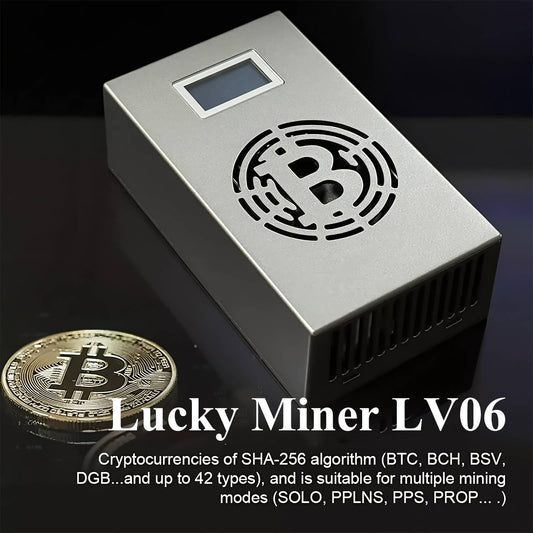

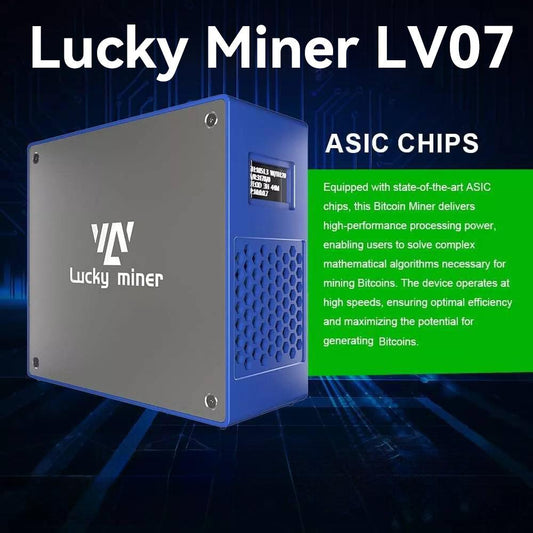
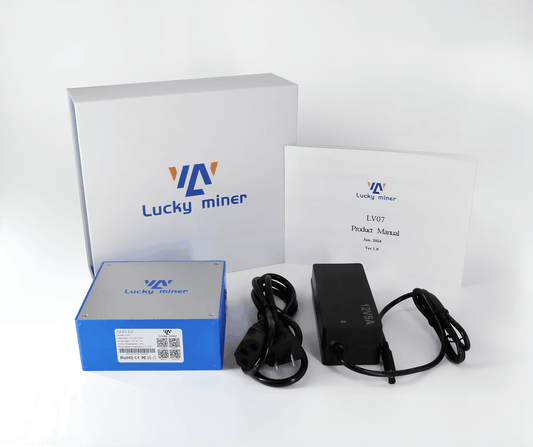
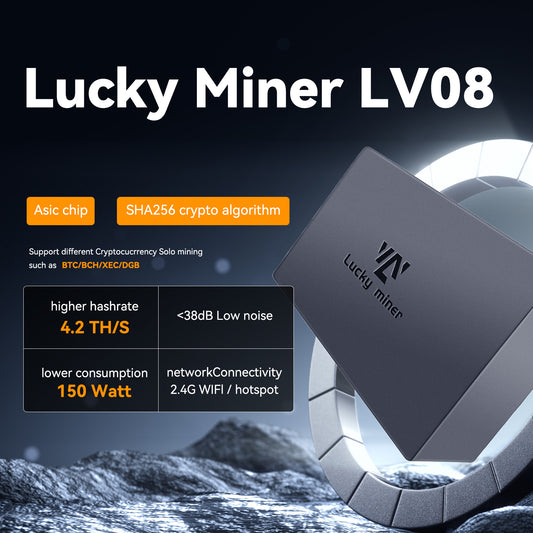
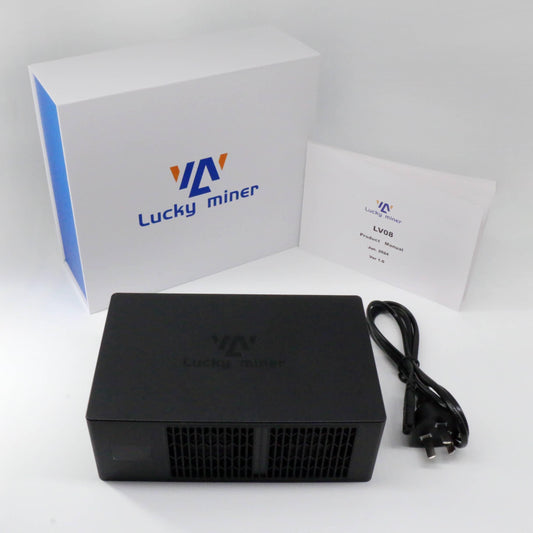
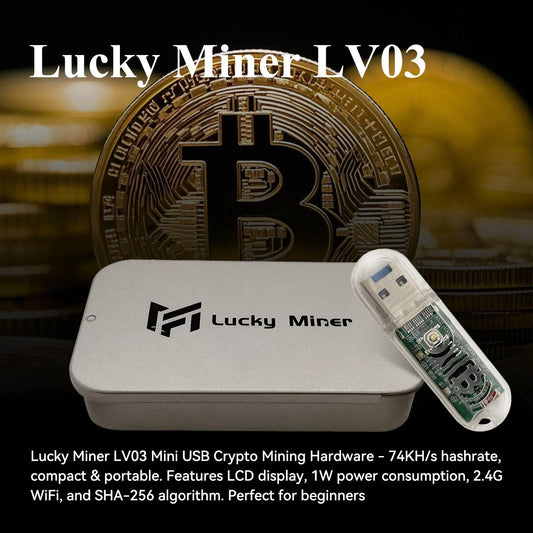
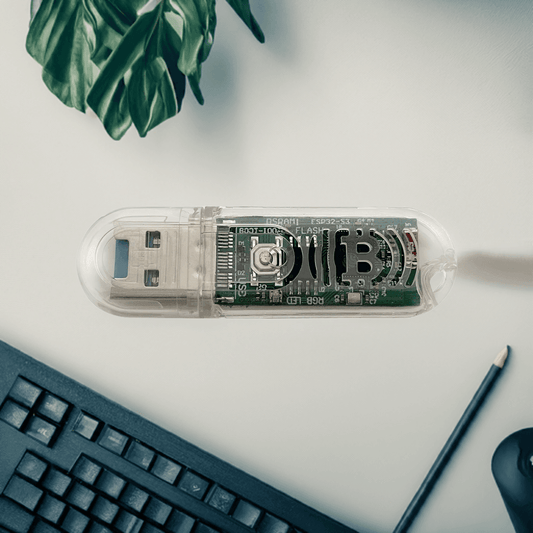
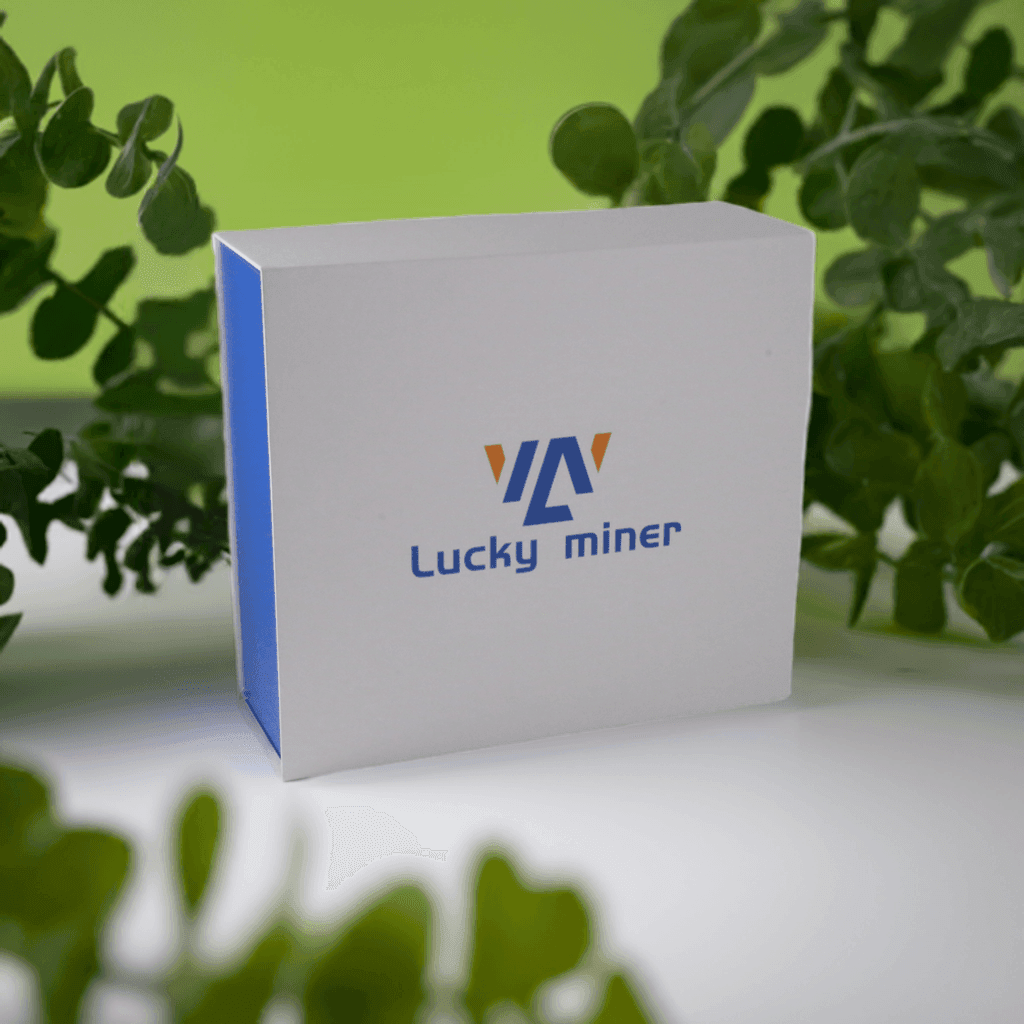
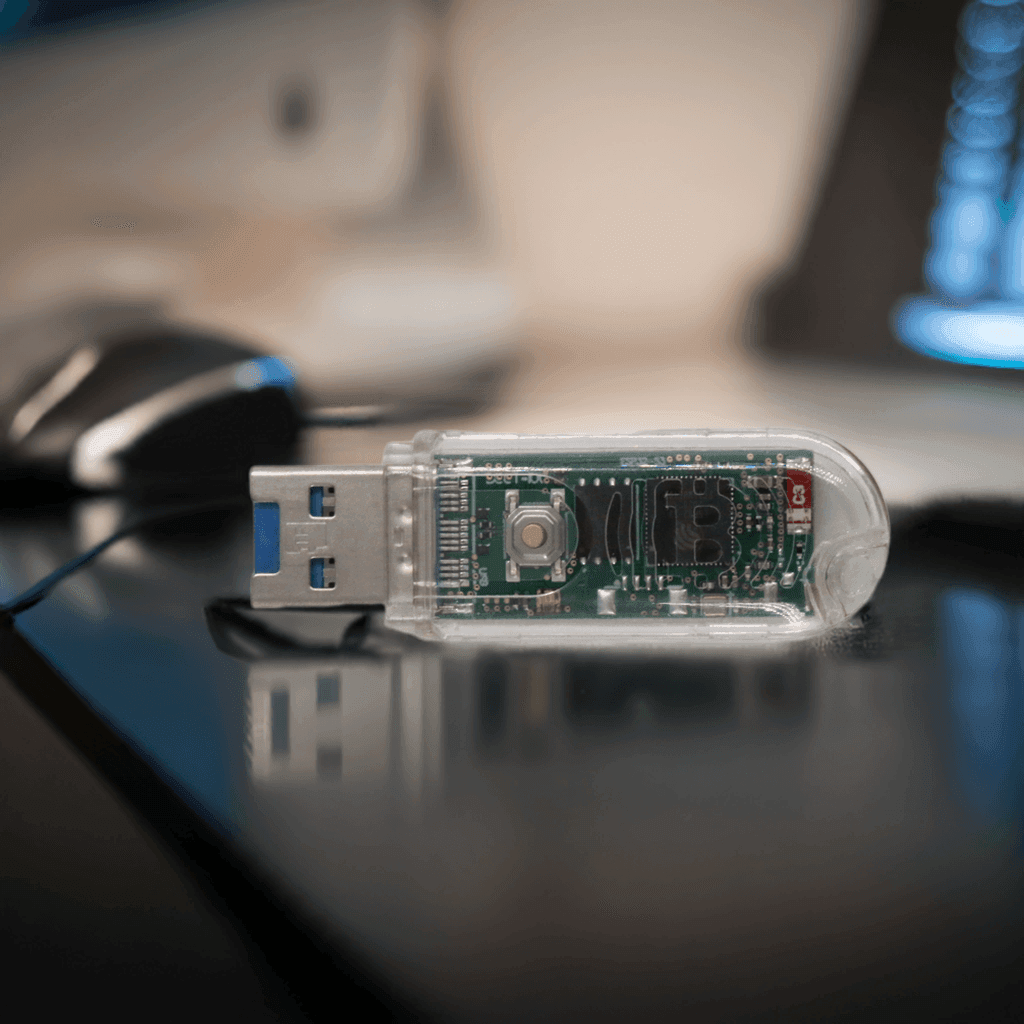
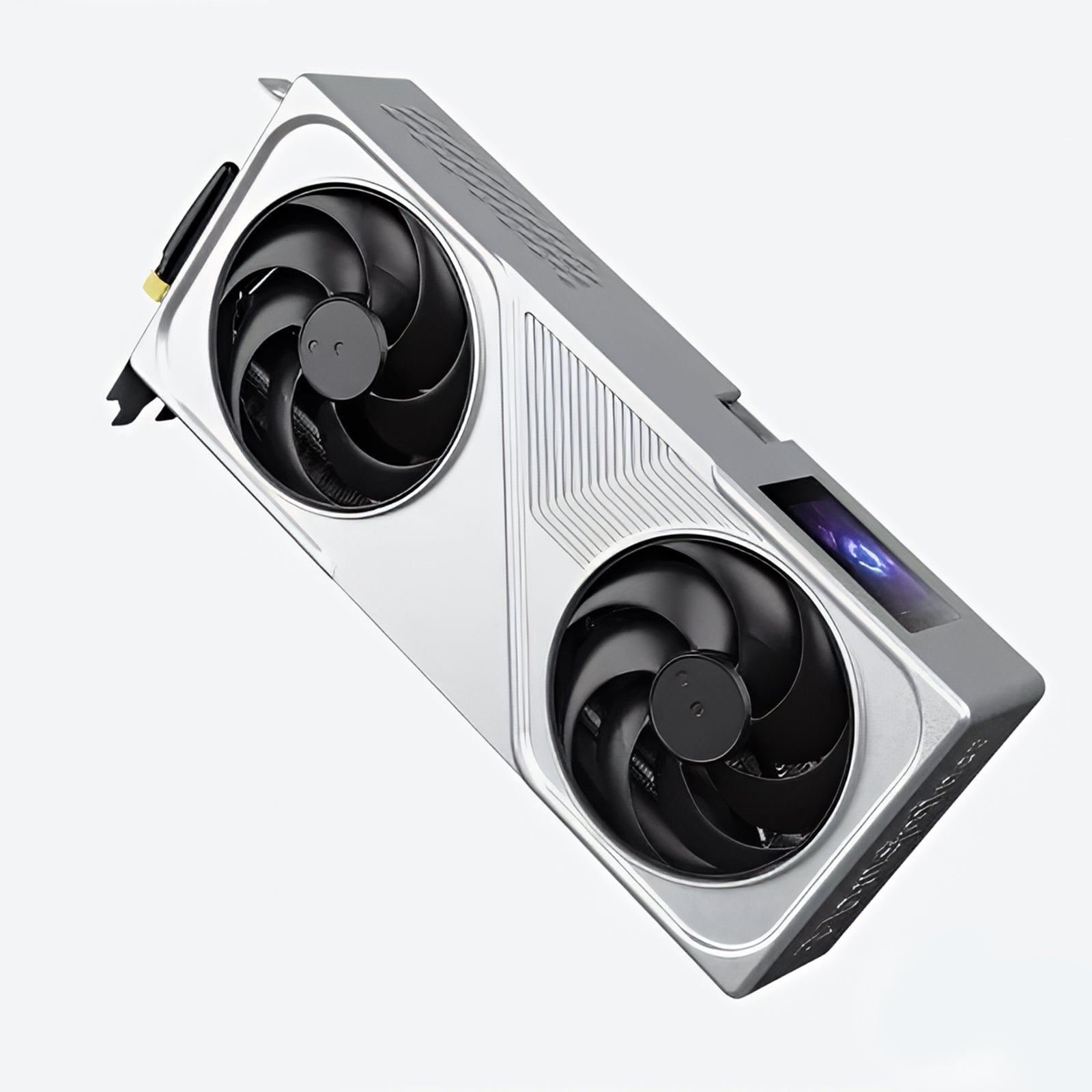
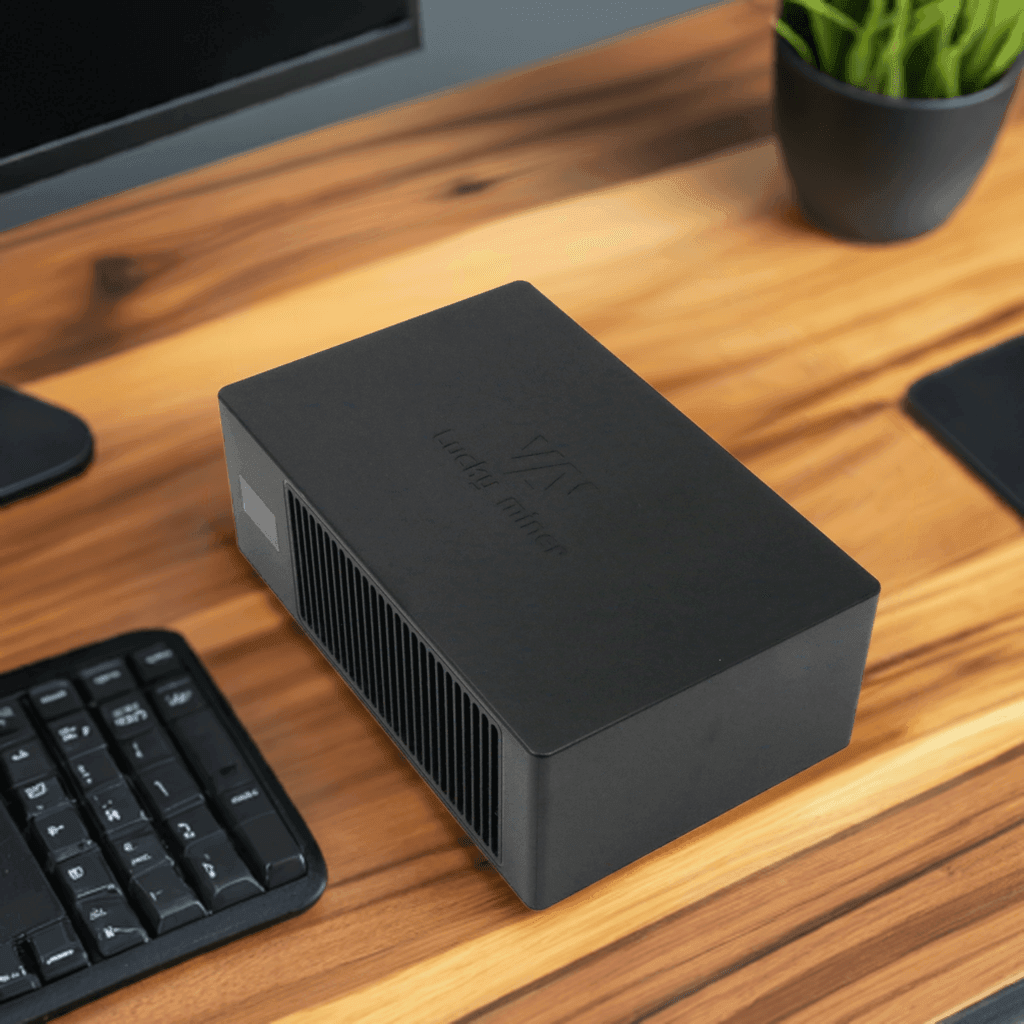
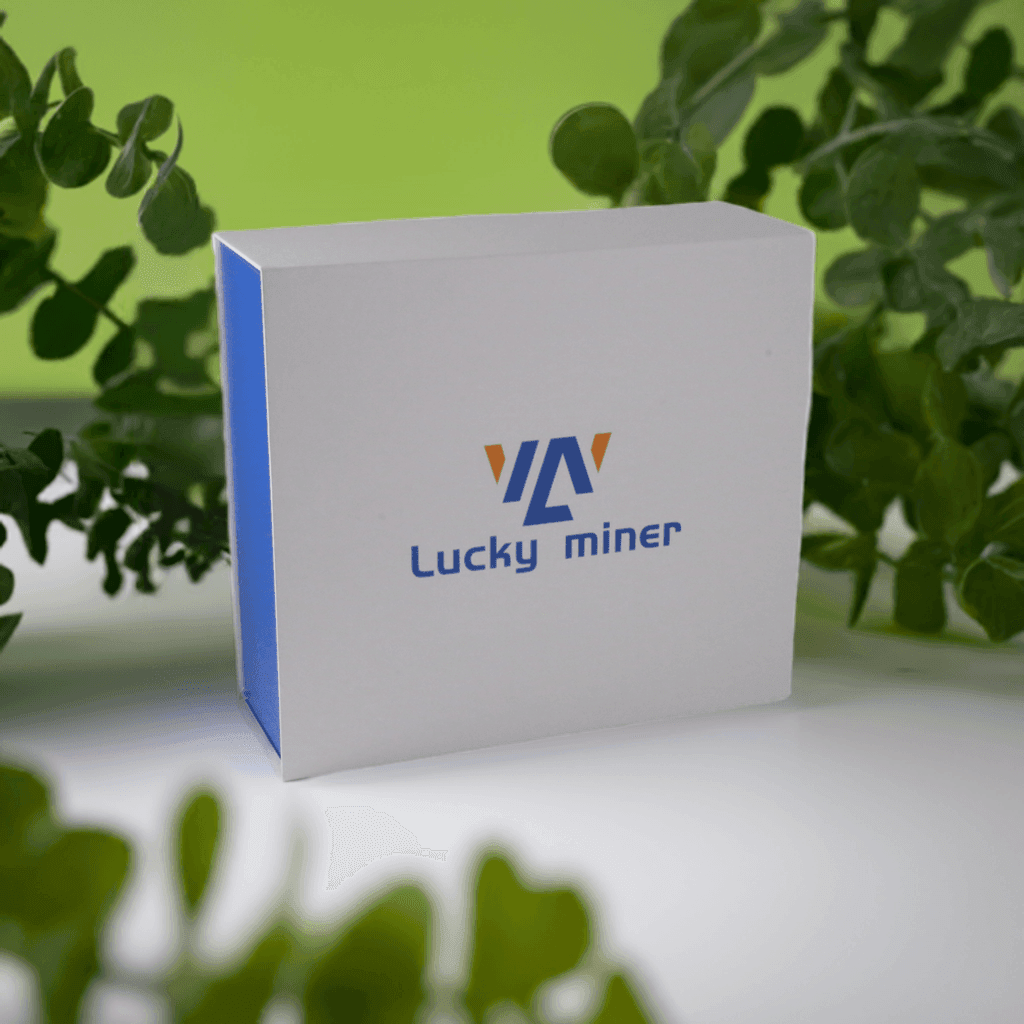
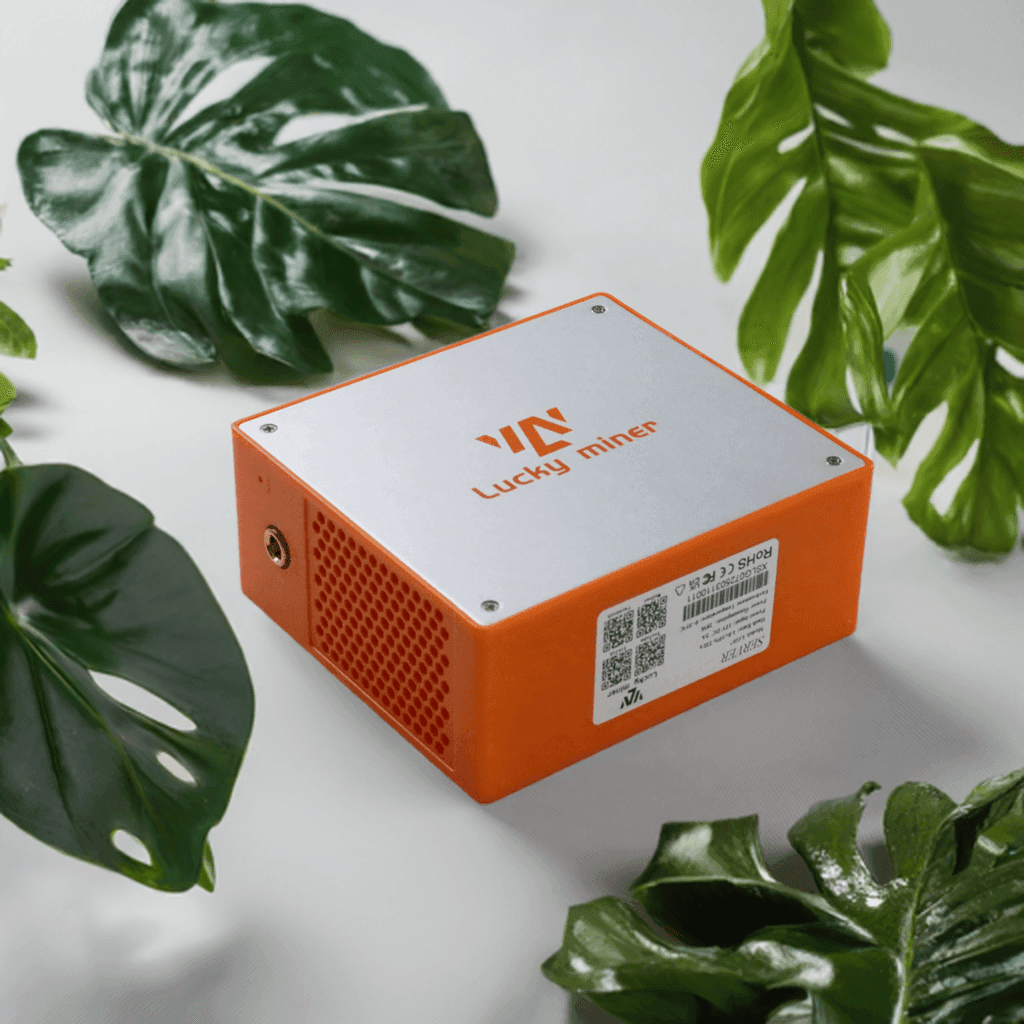
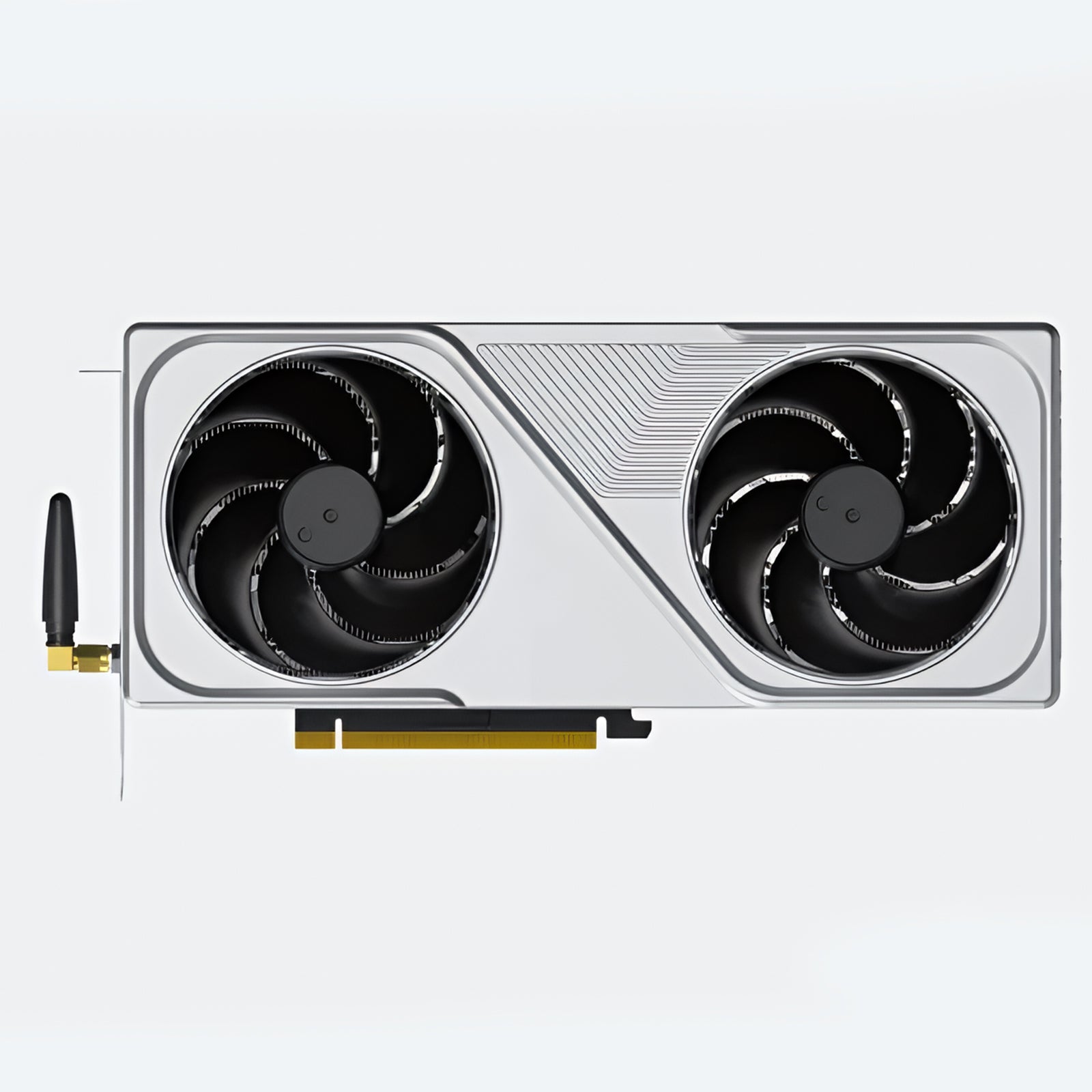
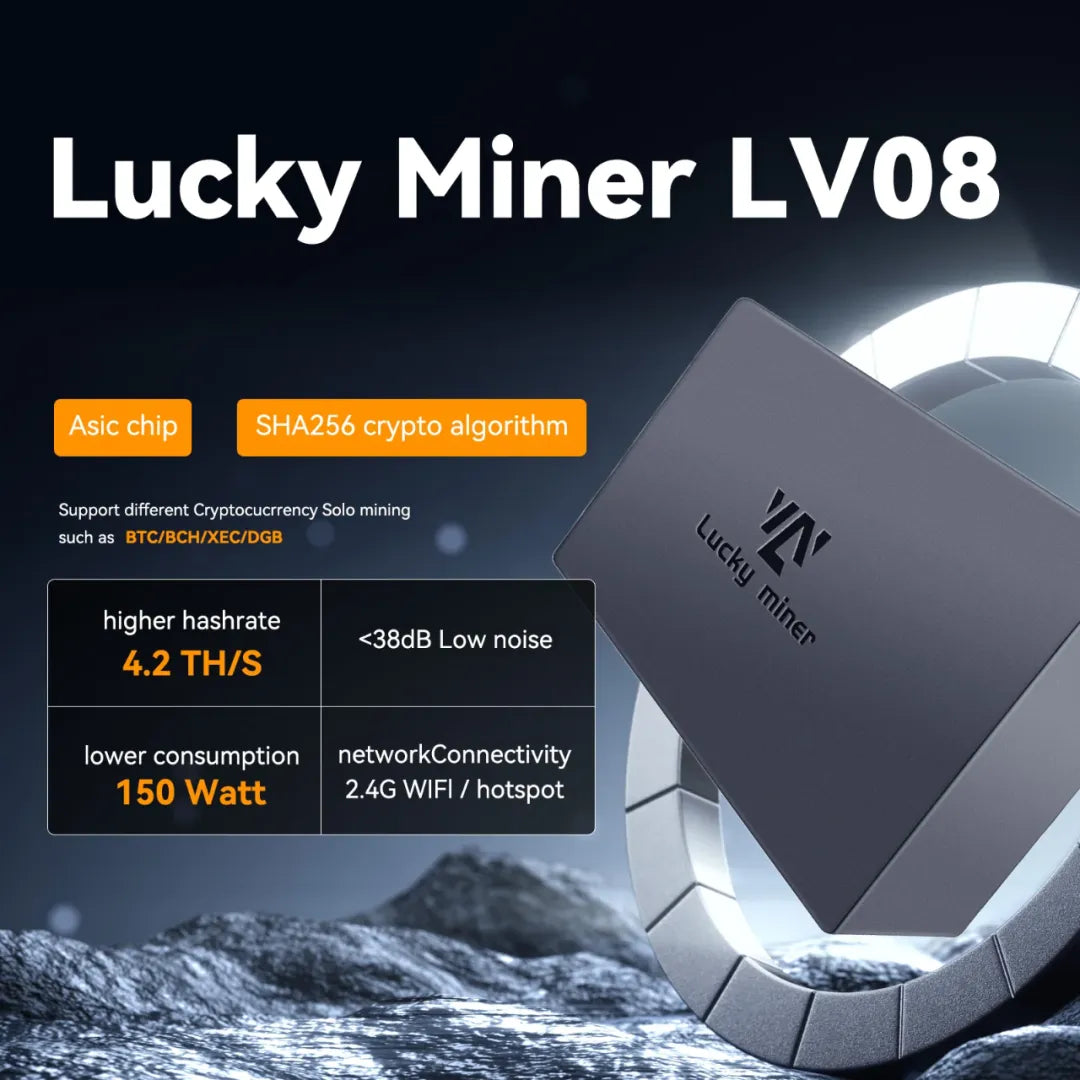

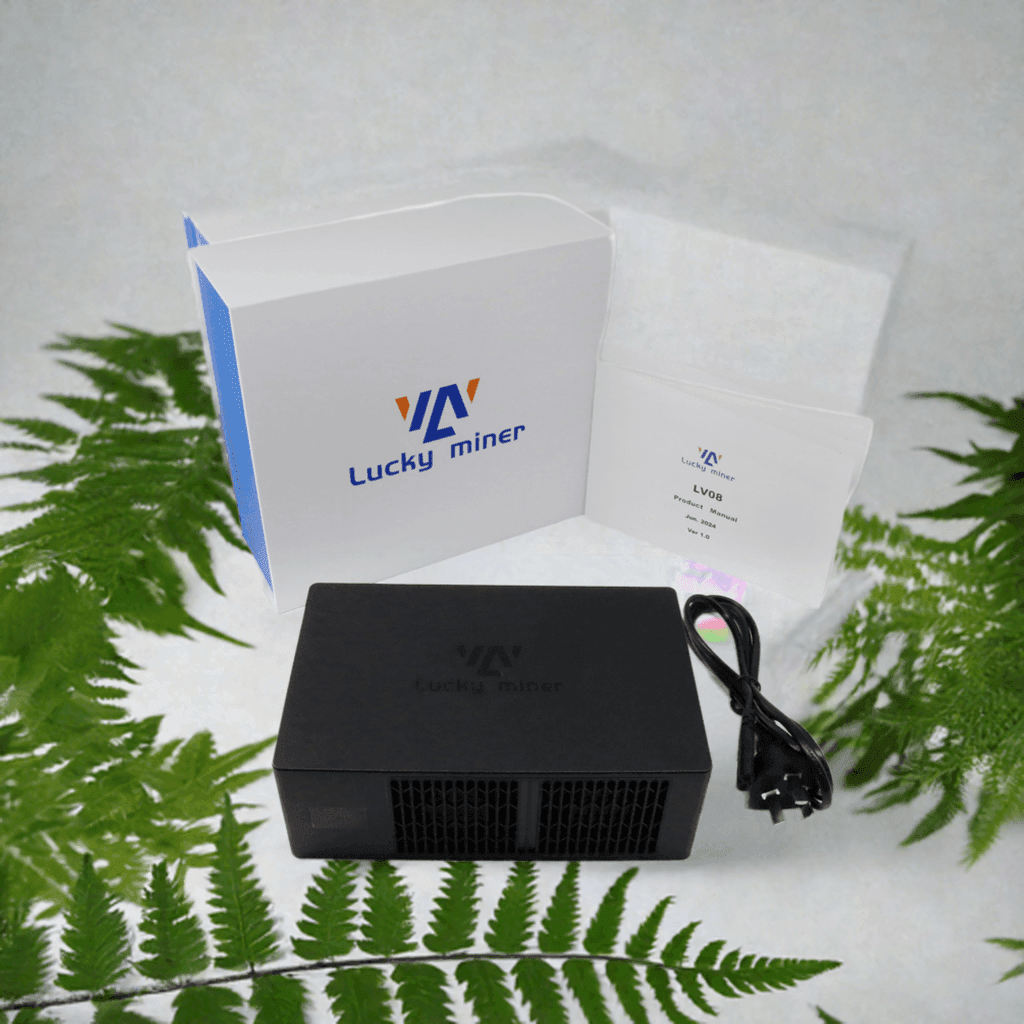
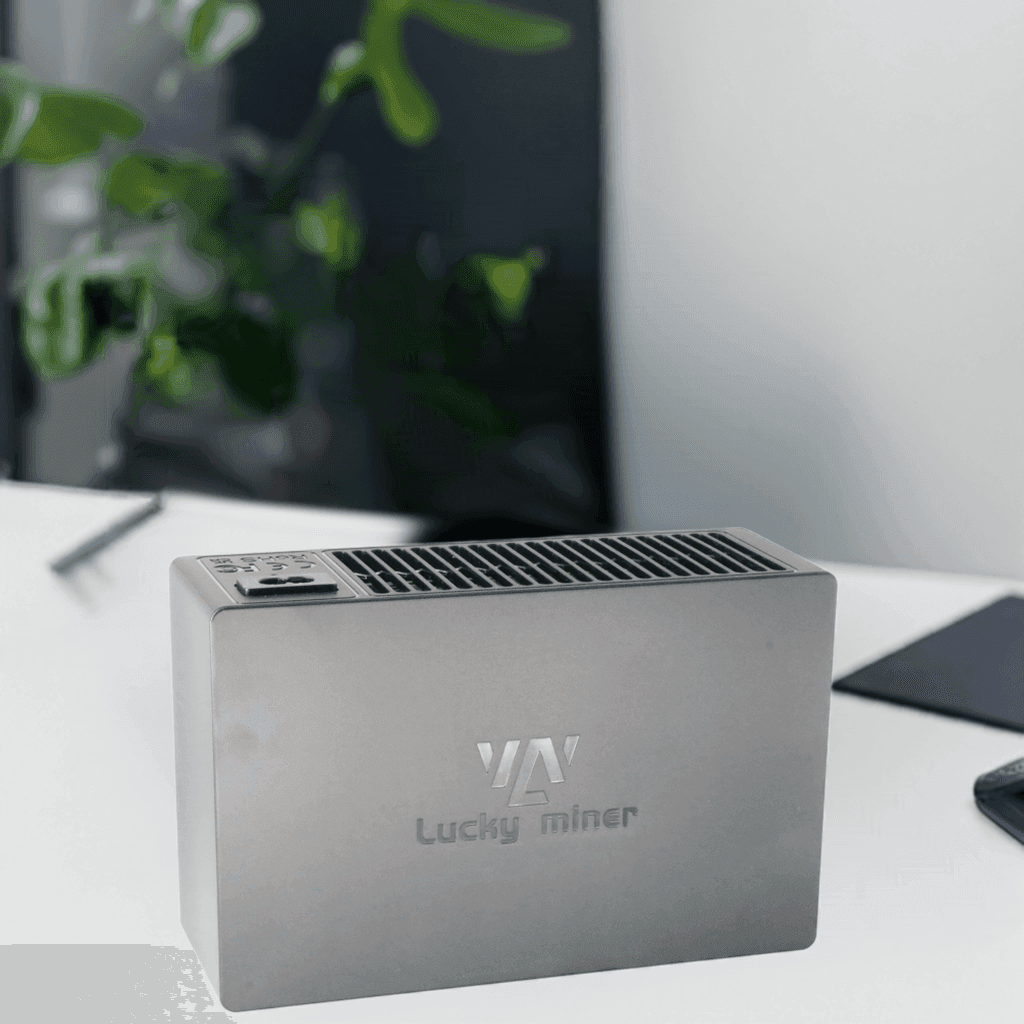

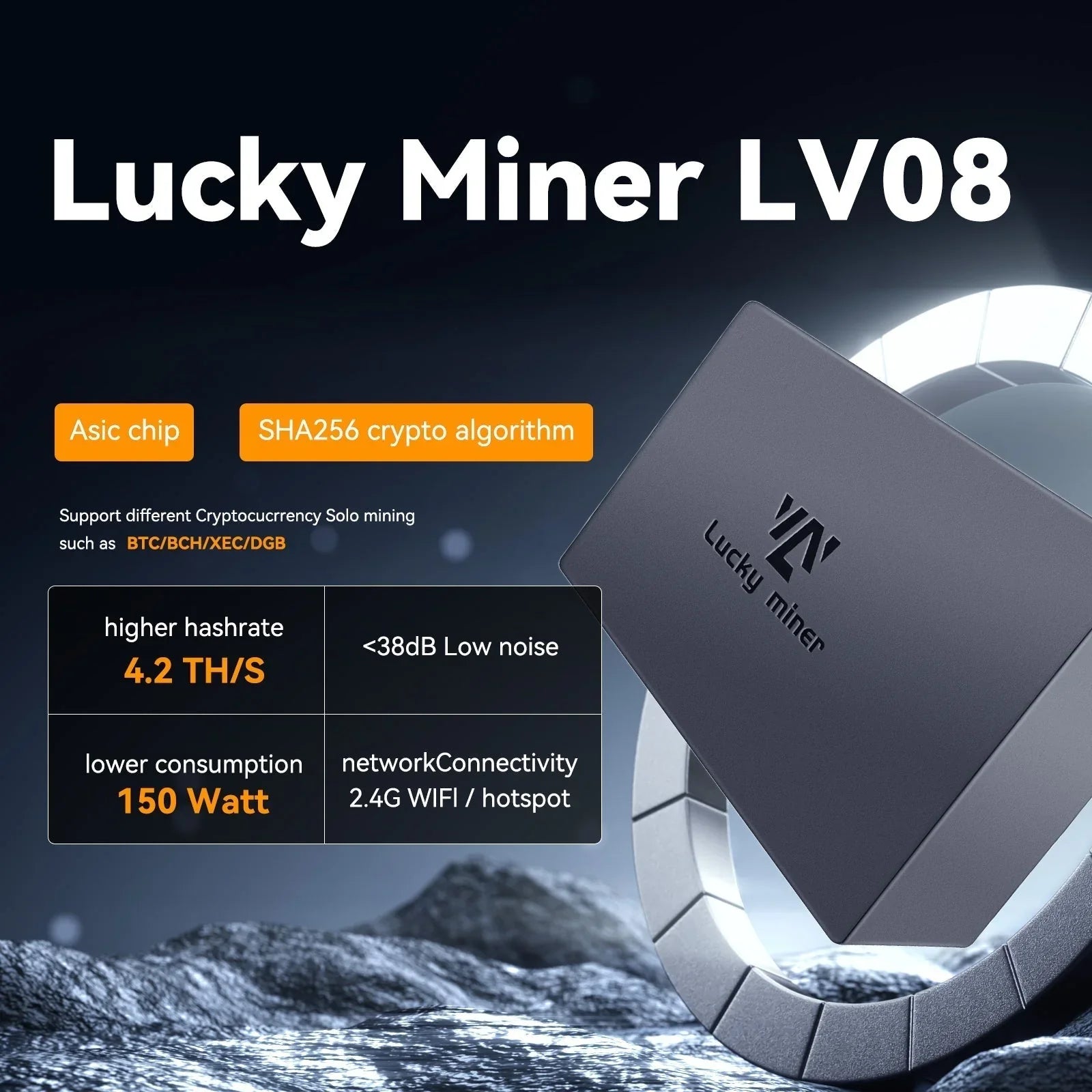

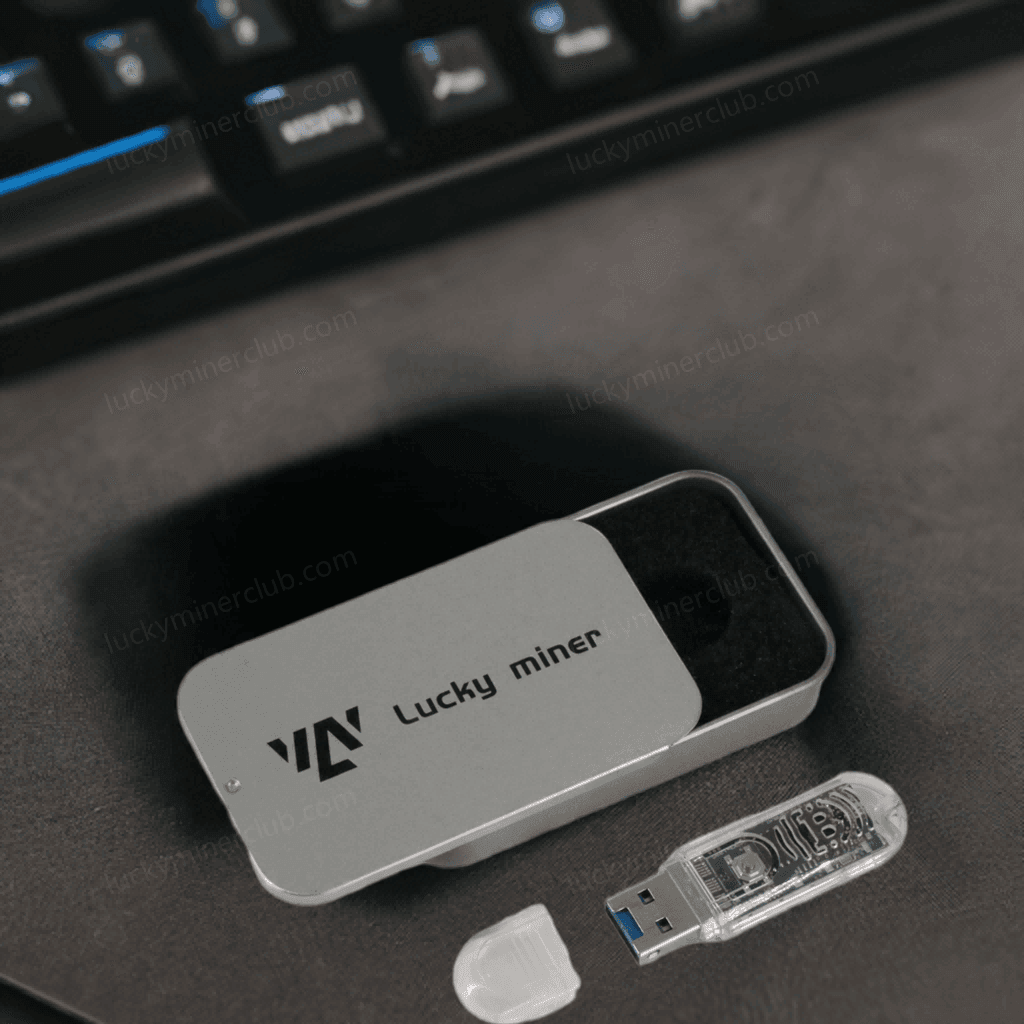
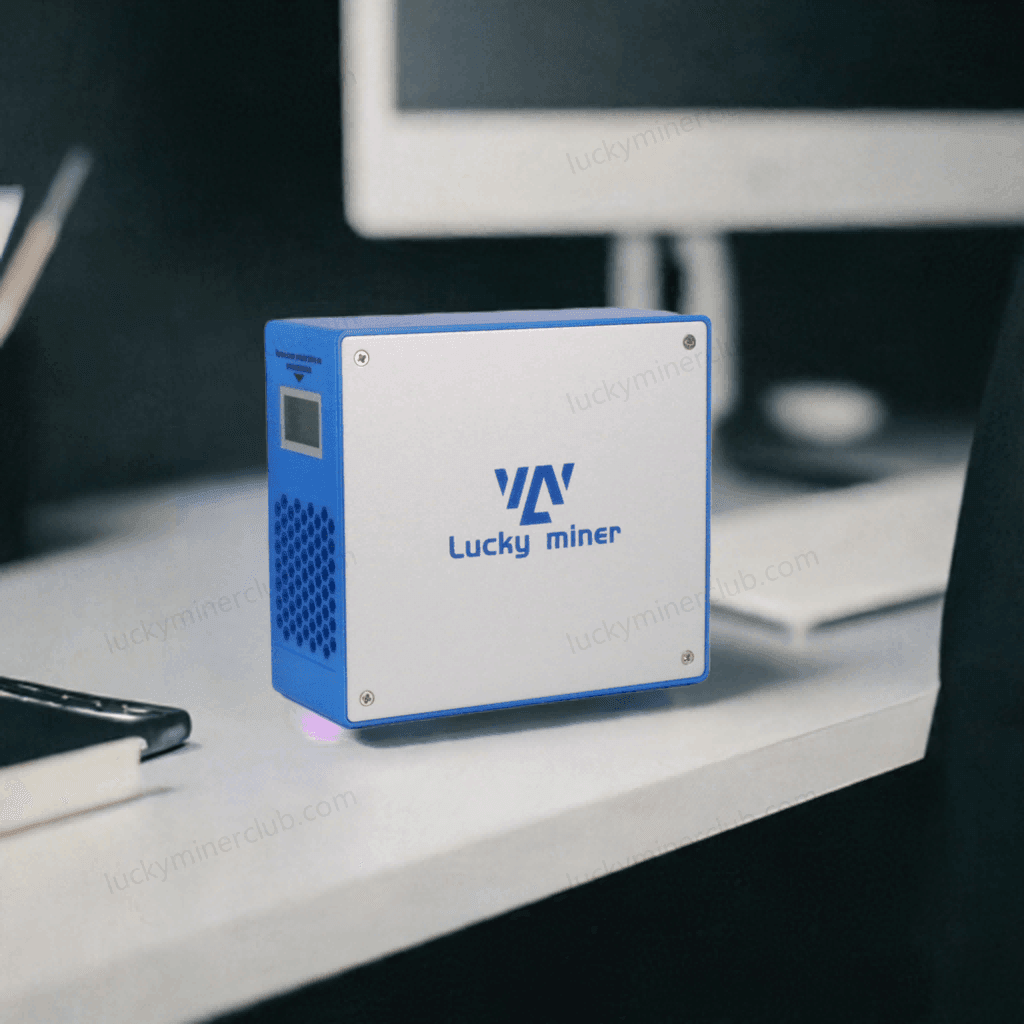
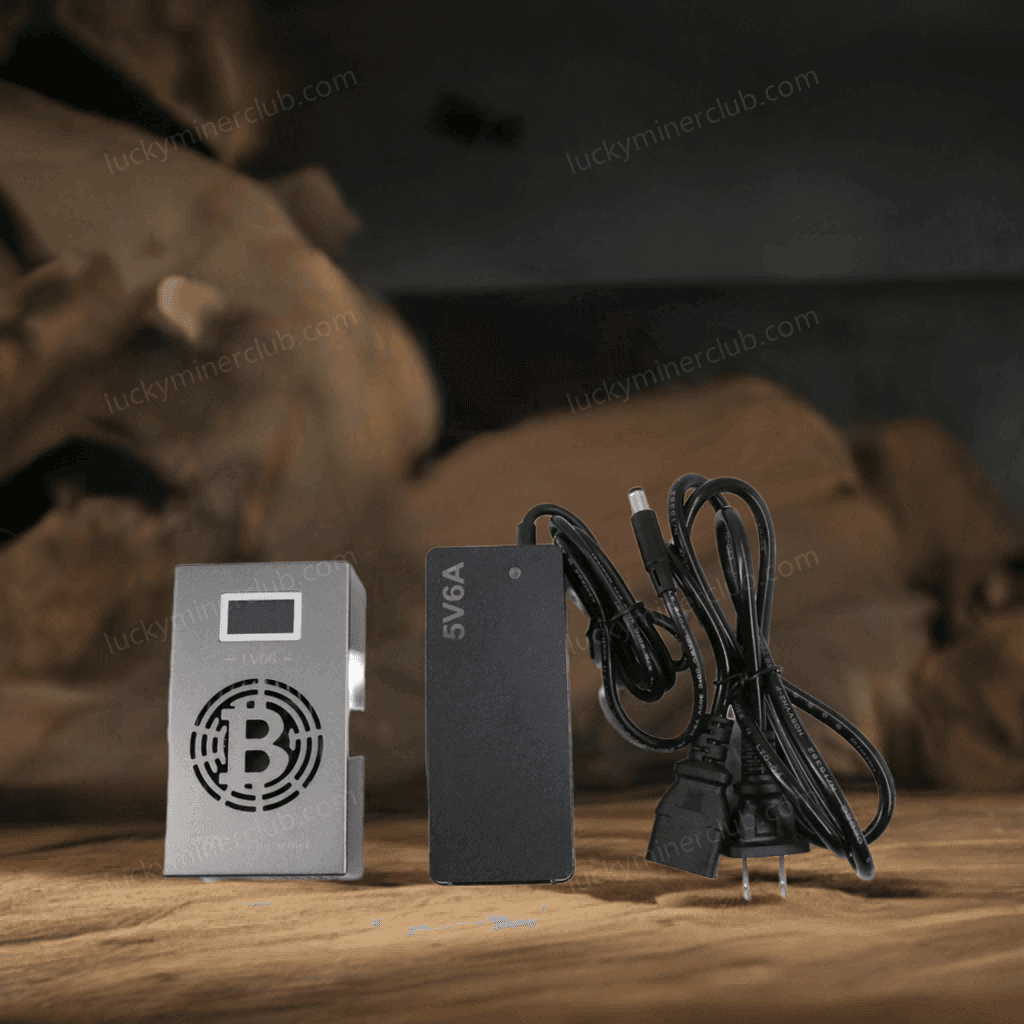

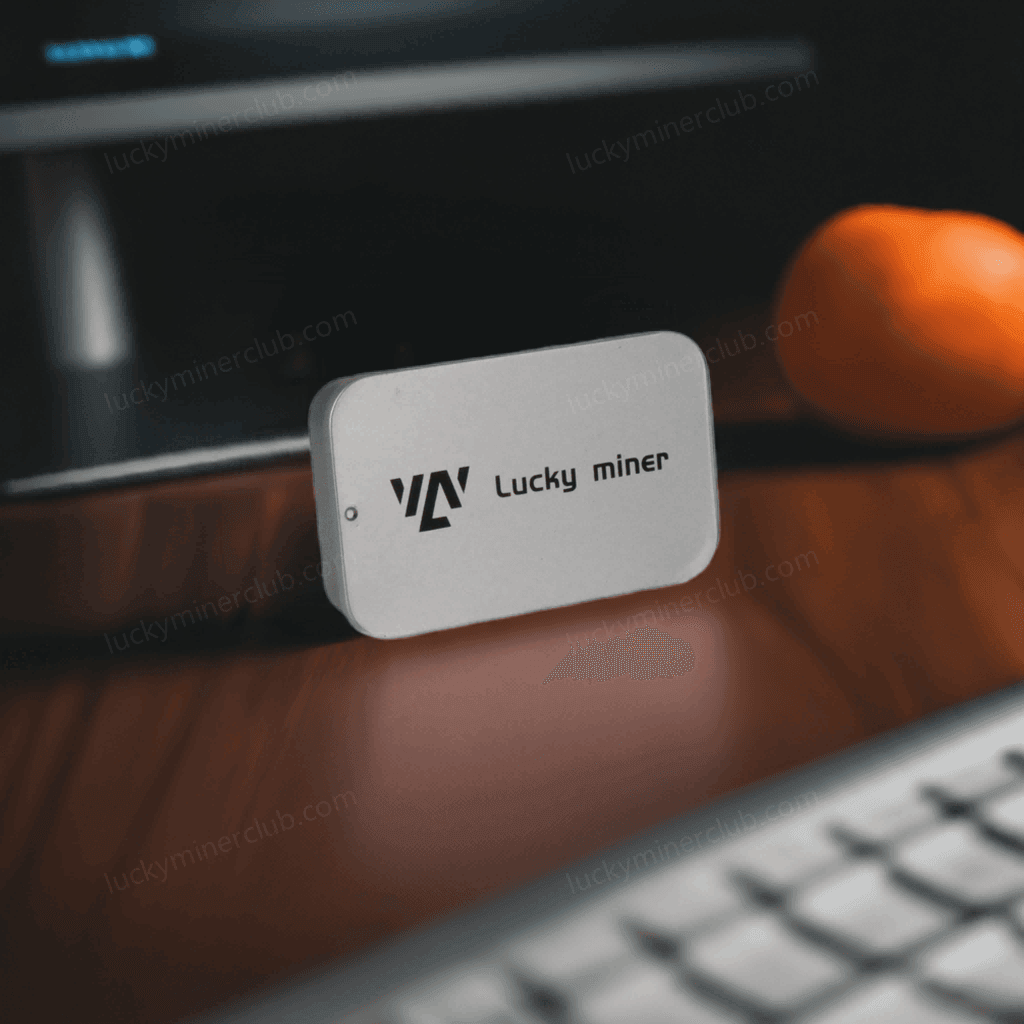
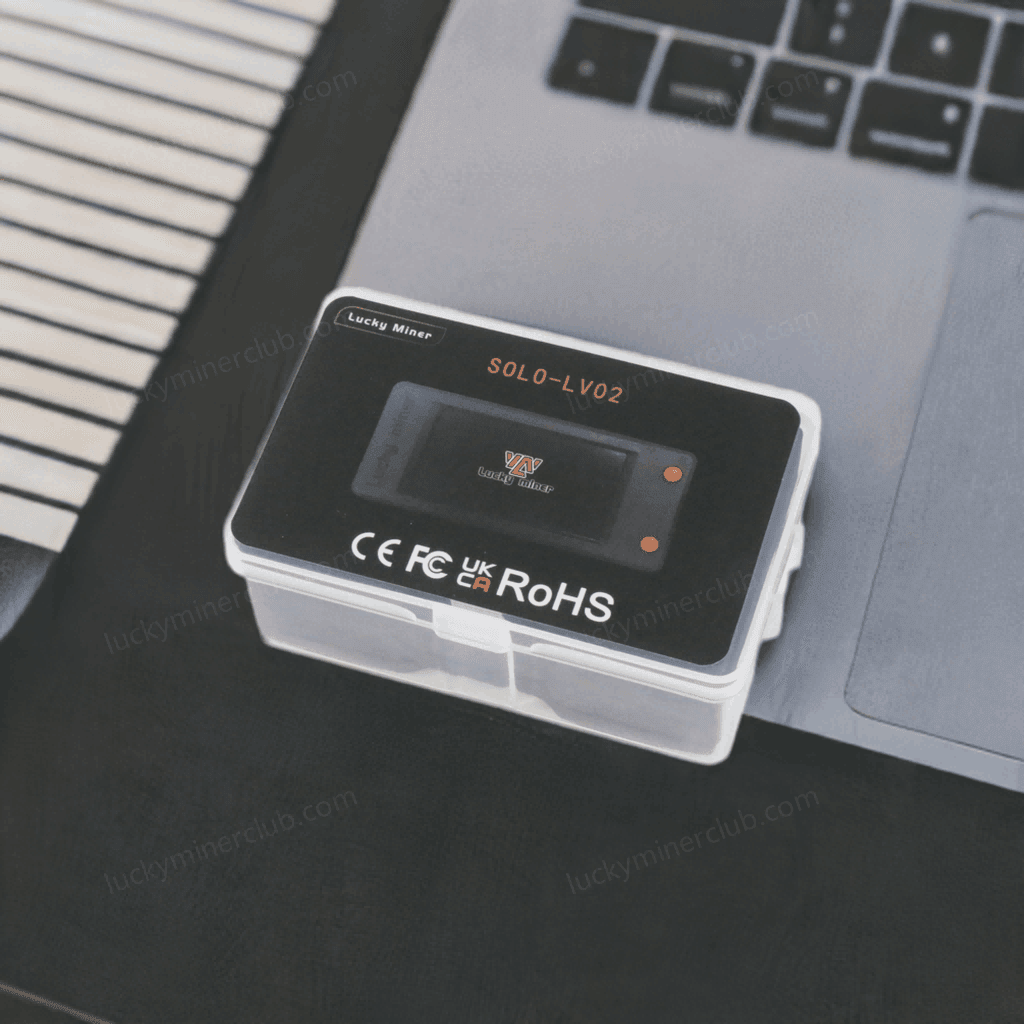
Leave a comment